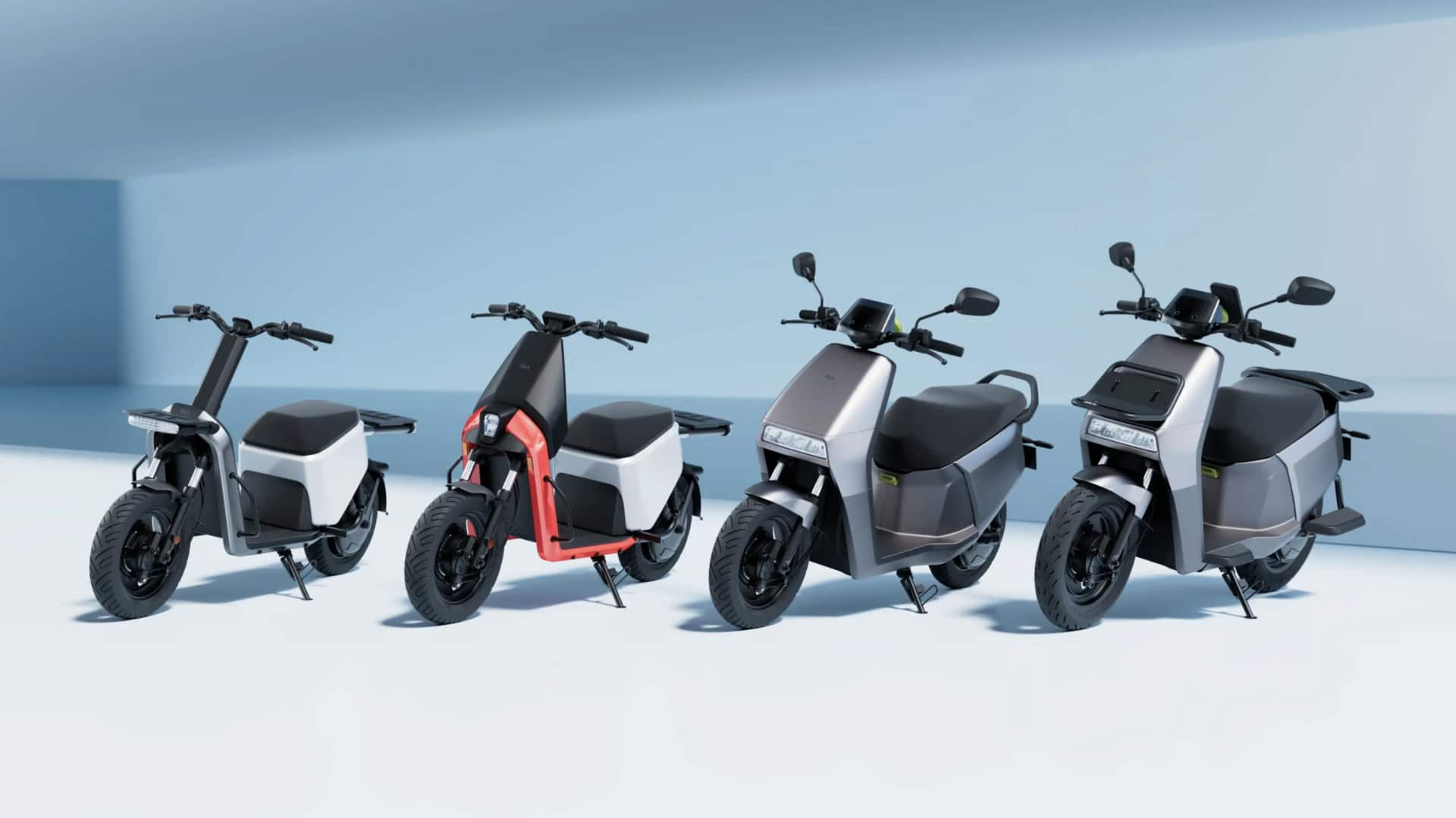
Ola's new e-scooters, with removable batteries, start at just ₹40k!
What's the story
Ola Electric has expanded its product portfolio with the launch of the S1 Z and Gig series of electric scooters. The company's founder Bhavish Aggarwal announced the new lineup on social media platform X. The new lineup features two models each from the S1 Z and Gig series: the S1 Z, S1 Z+, Gig, and Gig+. They can now be pre-booked for a refundable ₹499.
Scooter specs
Ola Electric's new e-scooters: Features and specifications
The S1 Z and S1 Z+ models are priced at ₹59,999 and ₹64,999, respectively. They both come with dual removable batteries of 1.5kWh each, offering a top speed of 70km/h and a combined range of up to 146km. The S1 Z+ model also gets bigger 14-inch wheels for better stability. The scooters pack a 2.9kW hub motor that goes from 0-20km/h in 1.8 seconds and up to 40km/h in under five seconds.
Gig details
Ola Gig series: Designed for gig workers
The Ola Gig series is tailored for gig workers who travel shorter distances. The standard Gig model, which costs ₹39,999, delivers a top speed of 25km/h and a range of up to 112km on a single charge. It comes with a removable battery and can be purchased/rented for business-to-business (B2B) purposes. The more sophisticated Gig+ model serves those carrying heavier loads over longer distances with dual removable batteries offering an extended range of up to 157km.
PowerPod launch
Ola PowerPod: A versatile power source
Along with the new e-scooter models, Ola Electric also unveiled the Ola PowerPod. Available at ₹9,999, this portable battery can also be used as an inverter to power small household appliances such as lights and fans. The company touts it as a "versatile and reliable power source" with a maximum output of 500W. This innovative offering is part of Ola's push for efficient battery use in its EVs.
EV commitment
Ola Electric's mission to accelerate EV adoption
Aggarwal said the launch of the new scooter ranges is part of Ola Electric's mission to accelerate electric vehicle (EV) adoption. He stressed that these scooters address a wide range of personal and commercial use cases, with affordability, reliability, and safety as their core pillars. The company plans to start delivering these new models from April 2025 onward.